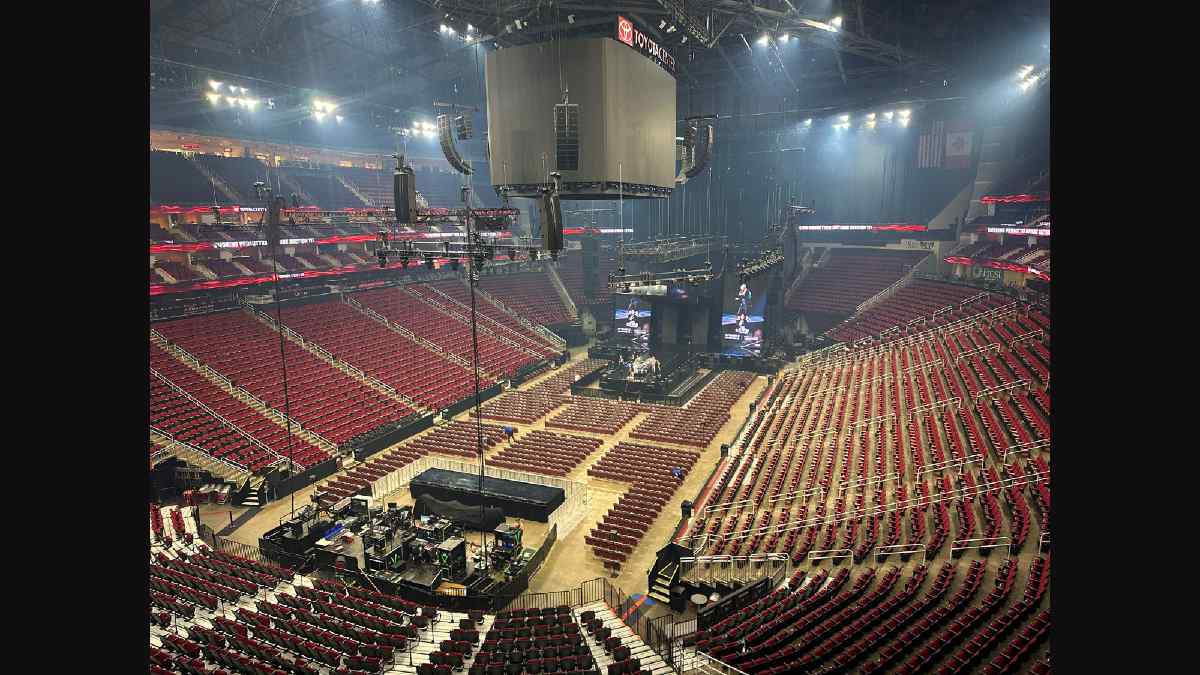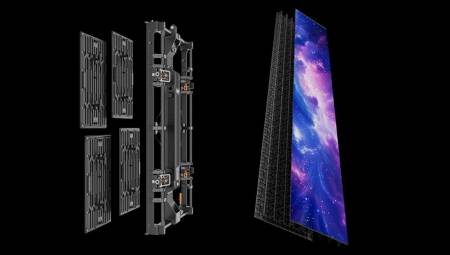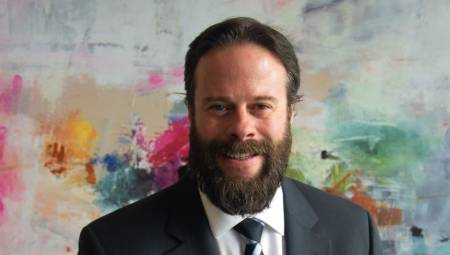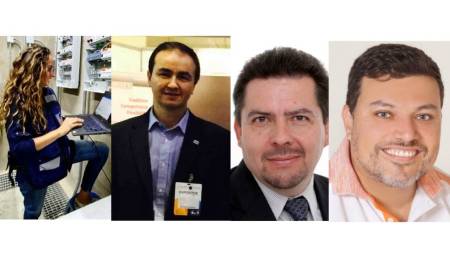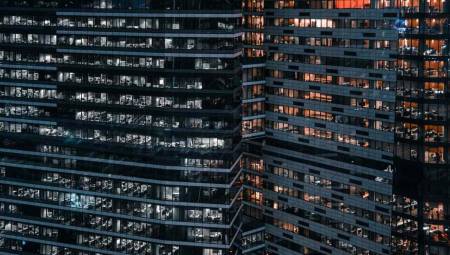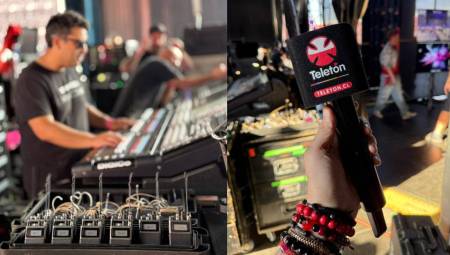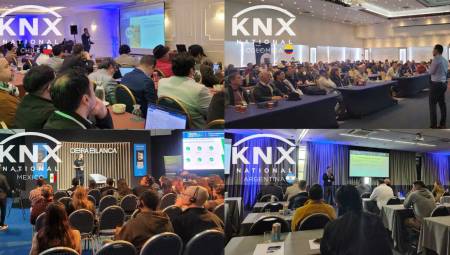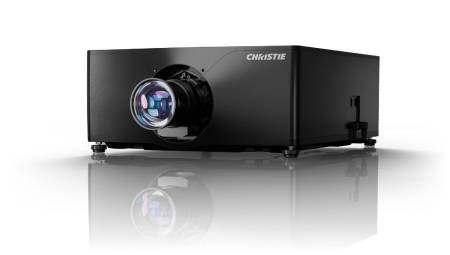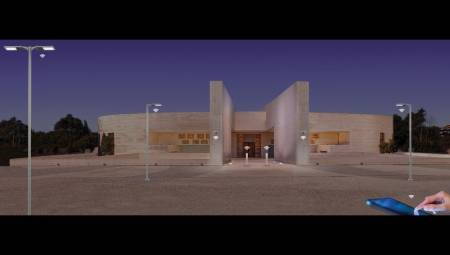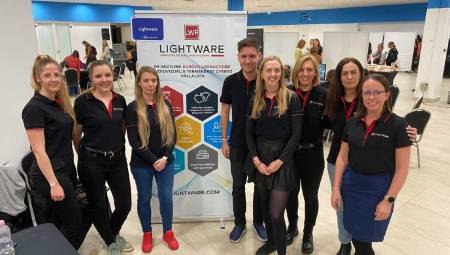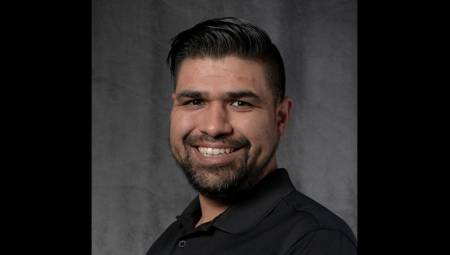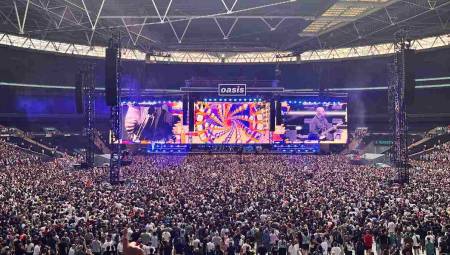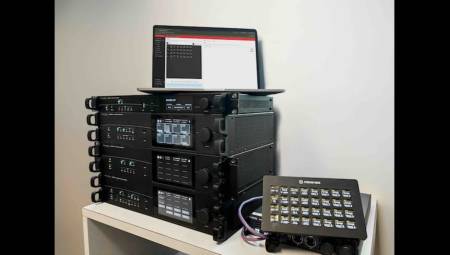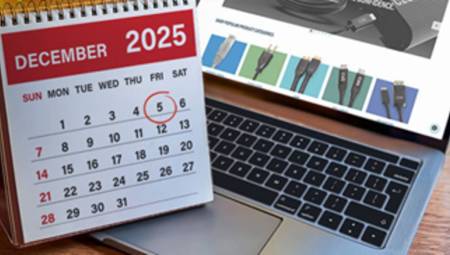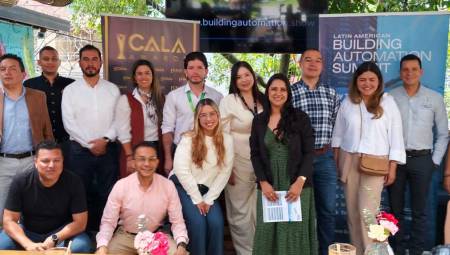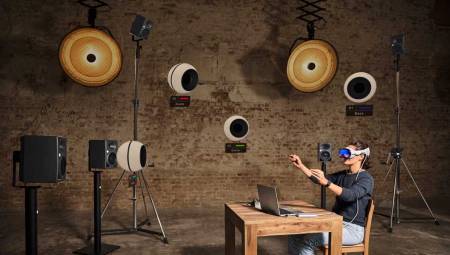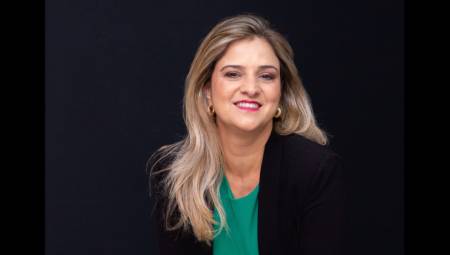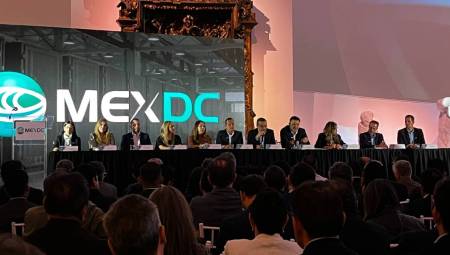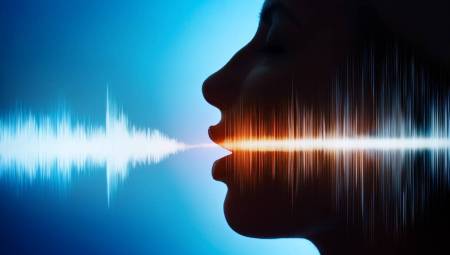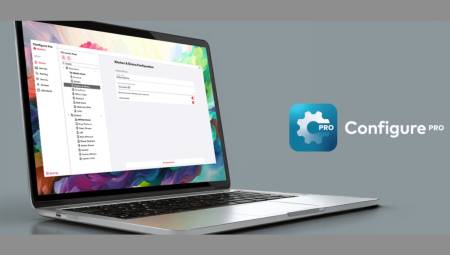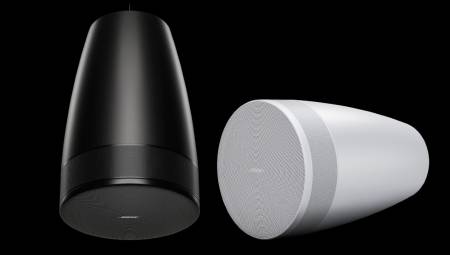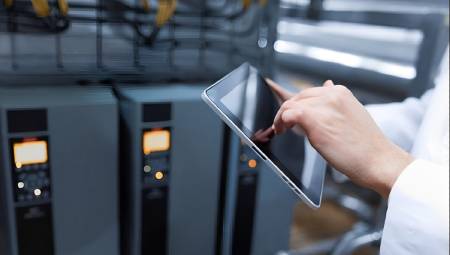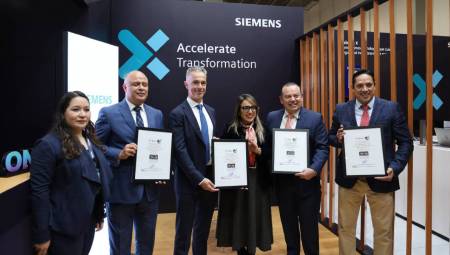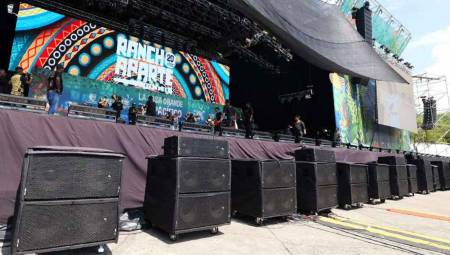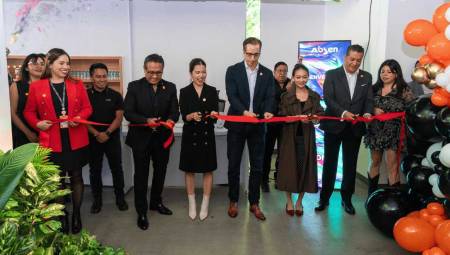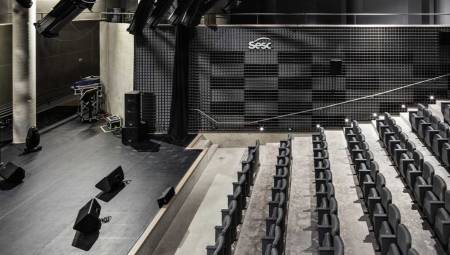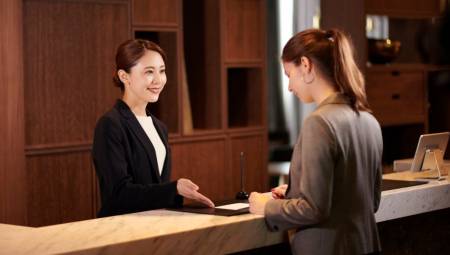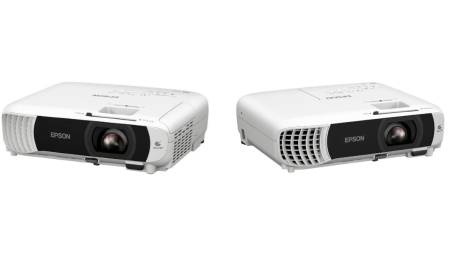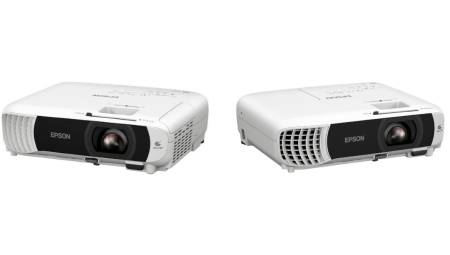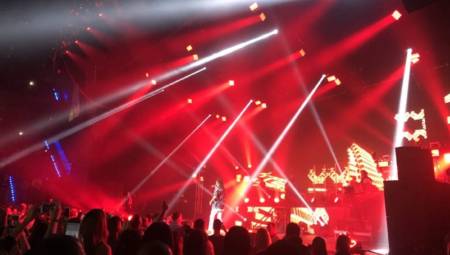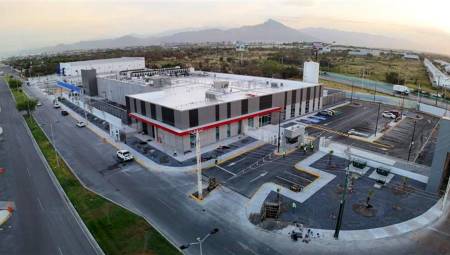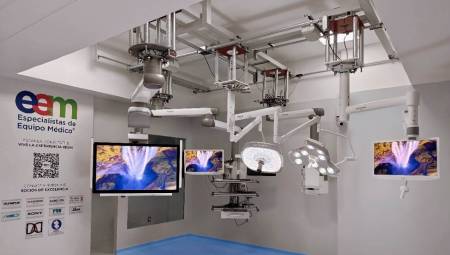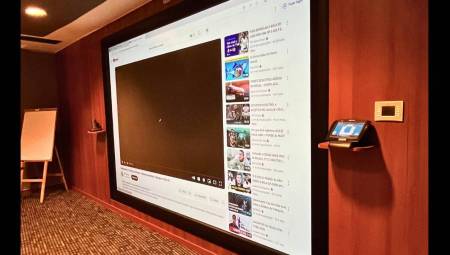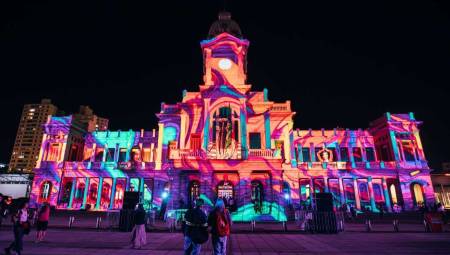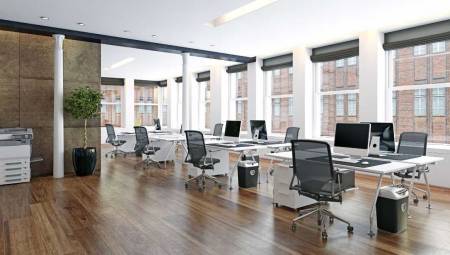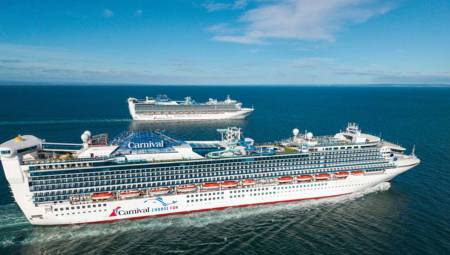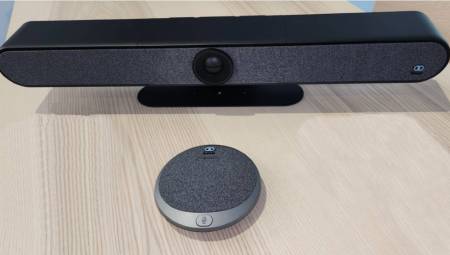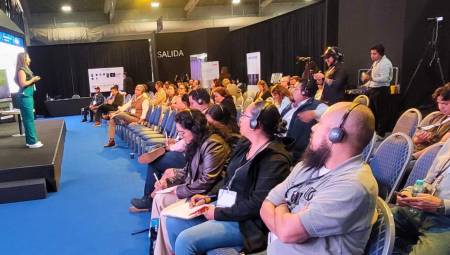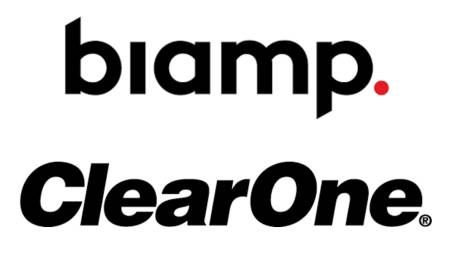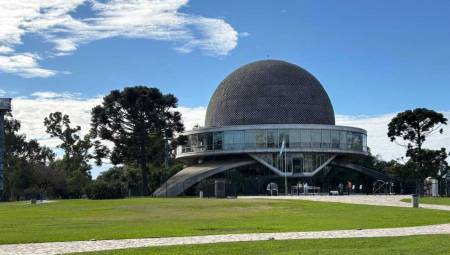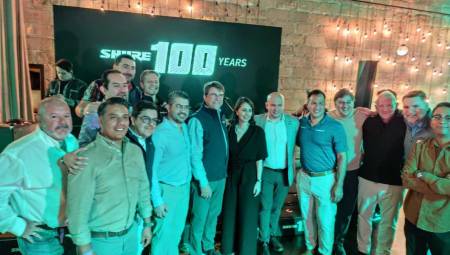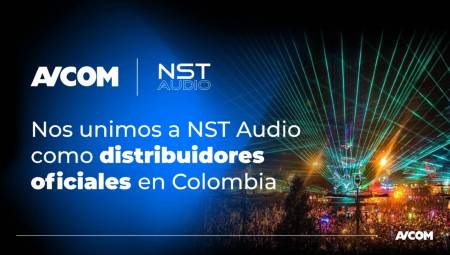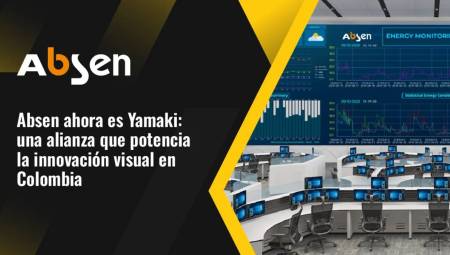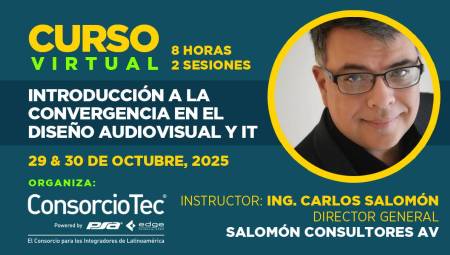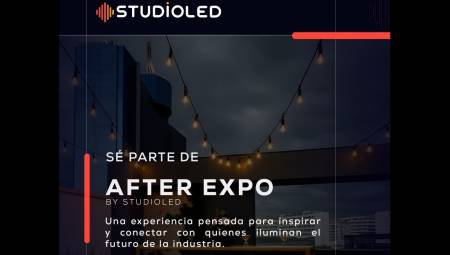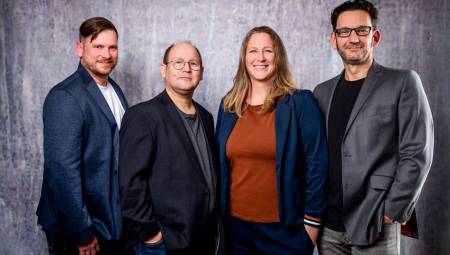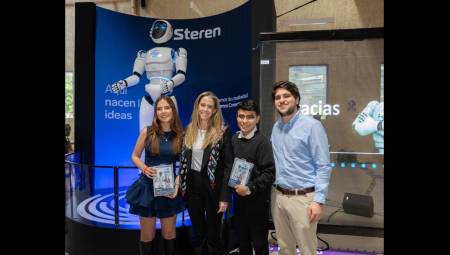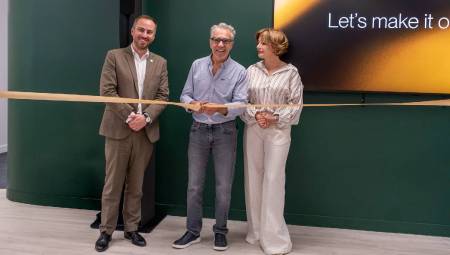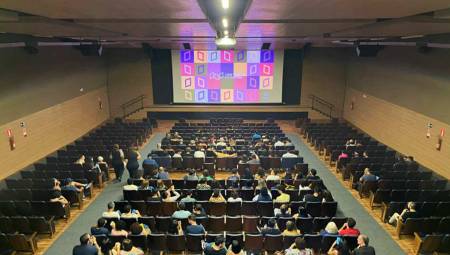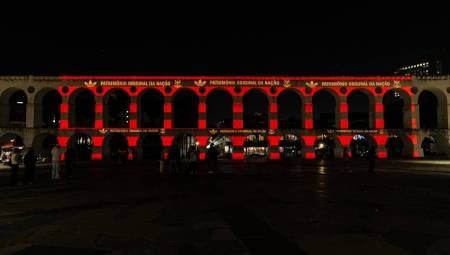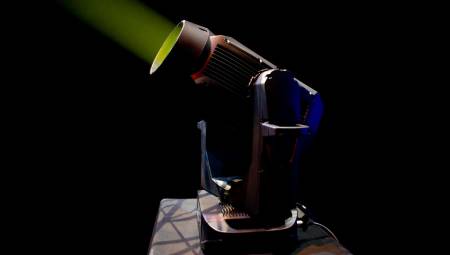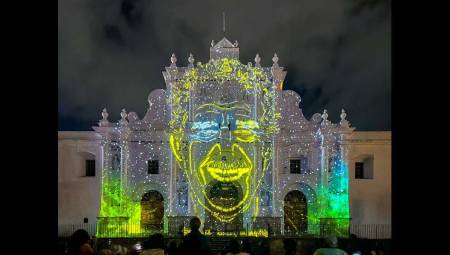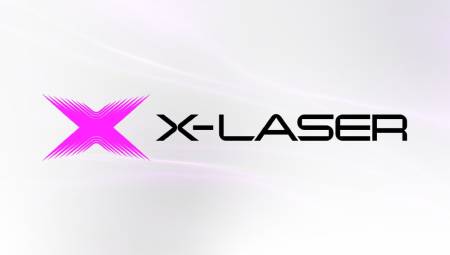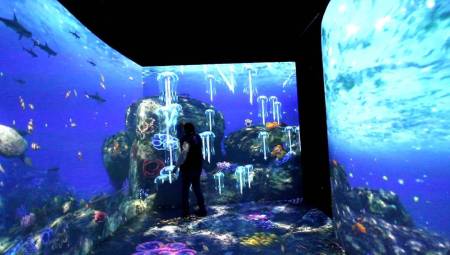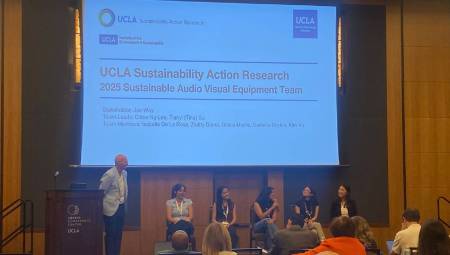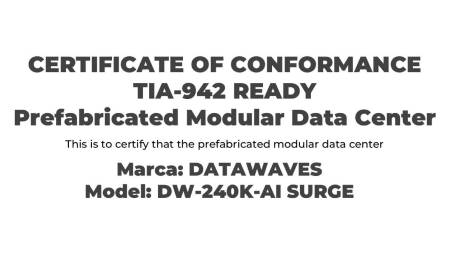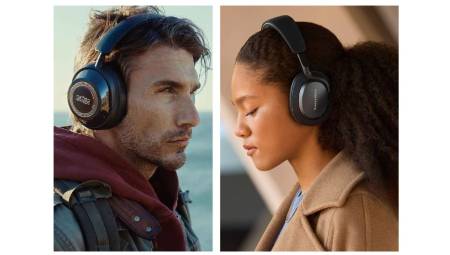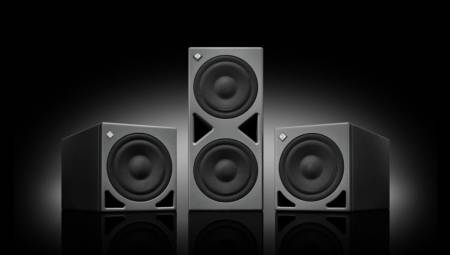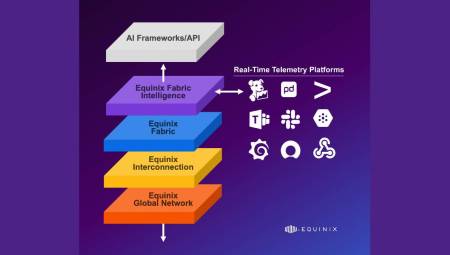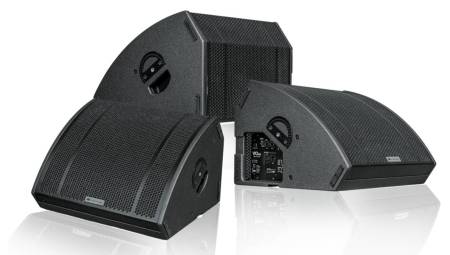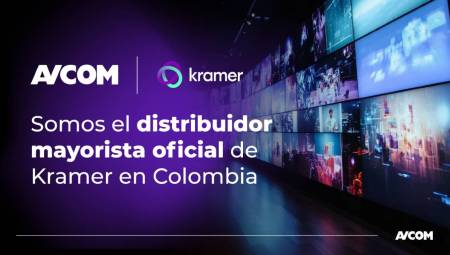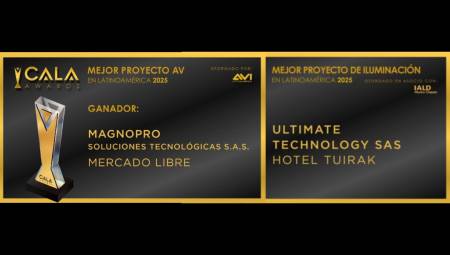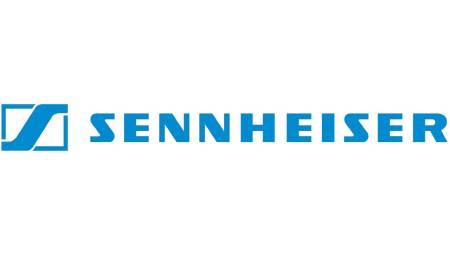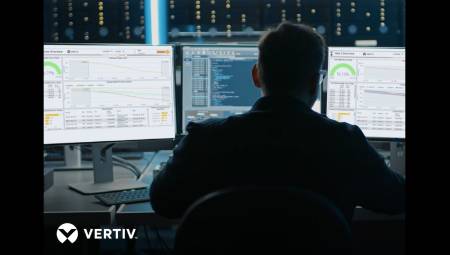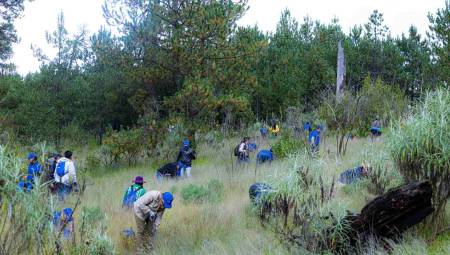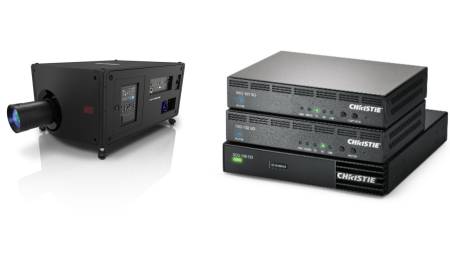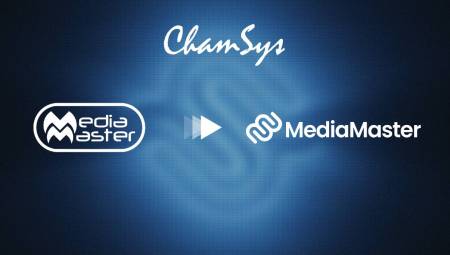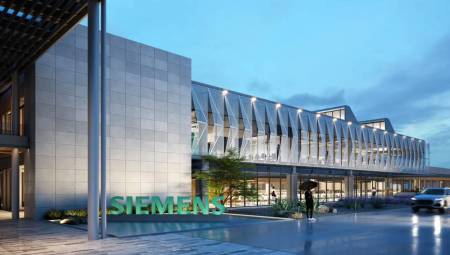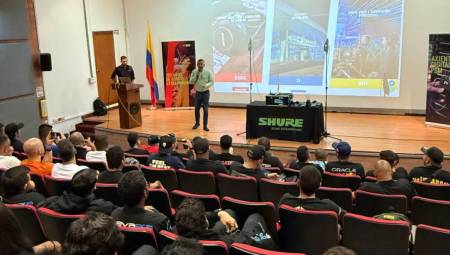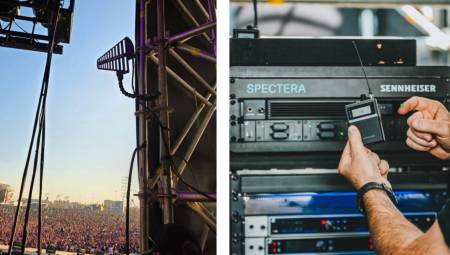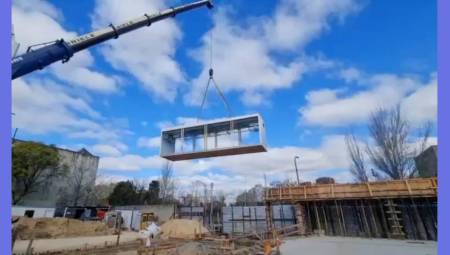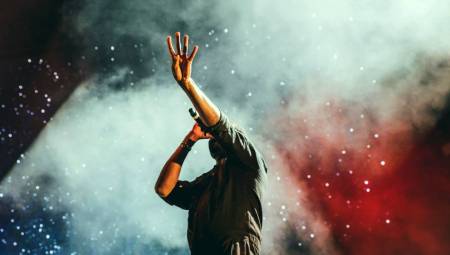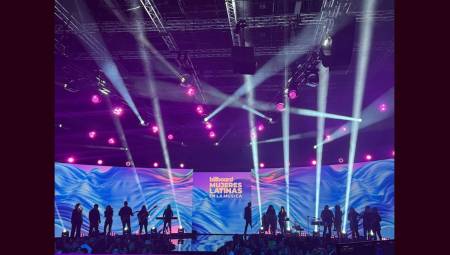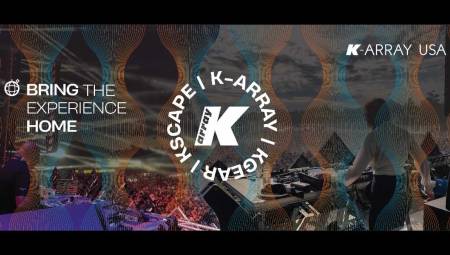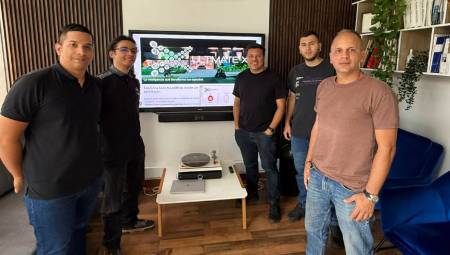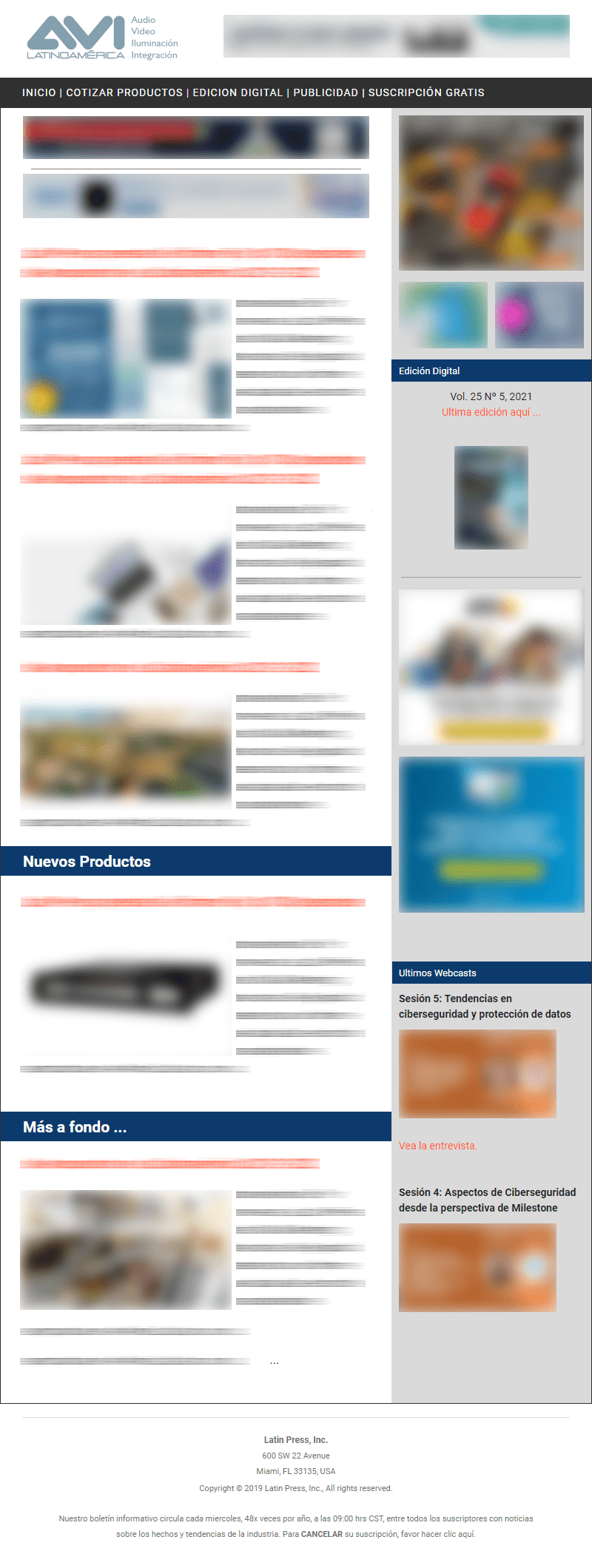PRG implemented a concert sound system with 146 L-Acoustics speakers for the Latin artist's North American tour, including new L-Series speakers for delay coverage.
L-Acoustics
Considered "one of the greatest Latin artists of all time" by Billboard and "the face of modern reggaeton" by Pitchfork, Colombian singer J Balvin is at the peak of his career and continues to improve.
After selling more than 35 million records worldwide and receiving dozens of awards at the Latin Grammy Awards, Latin American Music Awards, Billboard Latin Music Awards and MTV Video Music Awards, the Medellín-born urban music superstar recently delighted his excited North American fans with his 27-date "Back to the Rayo" tour in support of his latest album of study, Rayo.
Although Balvin returned to post-pandemic touring last year with a tour of Europe and the U.K., his latest tour, with its tribute promotions to "Back to the Future," notably marked his first official U.S. and Canadian tour in six years.
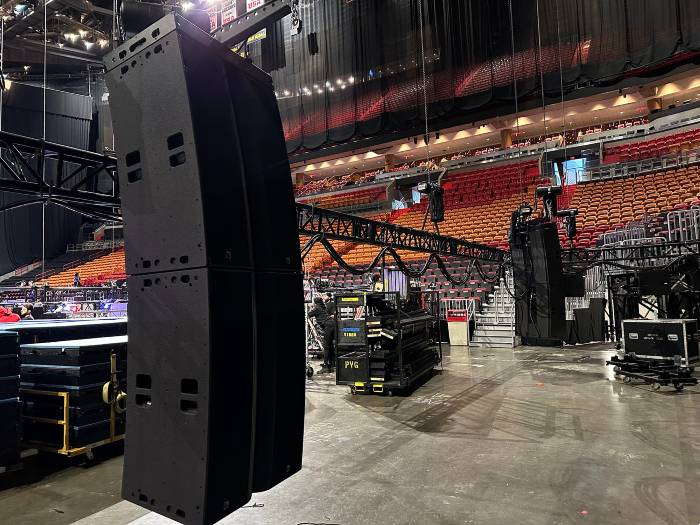 PRG handled audio, lighting and camera during the two-month tour, which began at the State Farm Arena in Atlanta and ended at the Moda Center in Portland. For sound reinforcement, an L-Acoustics concert sound system was the first, last and only choice according to room engineer Joe Spitzer and systems engineer Eric Rogers, who were accompanying Balvin for the first time on this tour.
PRG handled audio, lighting and camera during the two-month tour, which began at the State Farm Arena in Atlanta and ended at the Moda Center in Portland. For sound reinforcement, an L-Acoustics concert sound system was the first, last and only choice according to room engineer Joe Spitzer and systems engineer Eric Rogers, who were accompanying Balvin for the first time on this tour.
"Joe [Spitzer] and I met JB [Production Manager Jean-Baptiste Blot] and the Motion Music team on ODESZA's A Moment Apart tour in 2017 and have had a great working relationship with them ever since," Rogers says. "When we were contacted to take care of José [Balvin's] sound, the management asked us to design a sound system that would offer 'the reggaeton tour with the best sound in the world.' After using the L-Acoustics K-Series systems on a couple of ODESZA tours, we were confident that it would be the ideal choice for this artist as well. Nothing beats the K1 and its perfect complement, the KS28, in power and fidelity."
For most of the North American Back to the Lightning dates, PRG installed 12 K1 L-Acoustics main arrays over eight K2s per side, each supported by a system of 12 KS28 subwoofers in cardioid mode and flanked by 20 K2 fill systems. To properly accommodate the show's intense bass, an additional 18 KS28s were installed in cardioid trios throughout the main stage, each topped by a front-fill Kara II, plus eight more Kara IIs surrounding the thruster.
For the coverage of the upper rear part of the bowl, PRG also installed an LCR configuration with three pairs of L2 boxes for delay. The stage PA was powered by 52 LA12X amplified drivers, with six LA7.16 for the L2 delays, and the entire system was controlled by two L-Acoustics P1 processors plus a DirectOut PRODIGY. MP in a redundant Milan-AVB loop.
"The total coverage and response of the system was incredible for this tour," shares Spitzer. "Most of these halls were Category A stadiums with very tall 300-person sections and deep corners that are always difficult to cover with traditional stadium facilities. Our box counting and delay package allowed us great flexibility, and the consistency in the response of this system was reflected in the audience, allowing José to connect night after night with all his fans. It was a sight to see the upper sections jump as high as the ground, and we all know they wouldn't do it if the audio quality wasn't 100%."
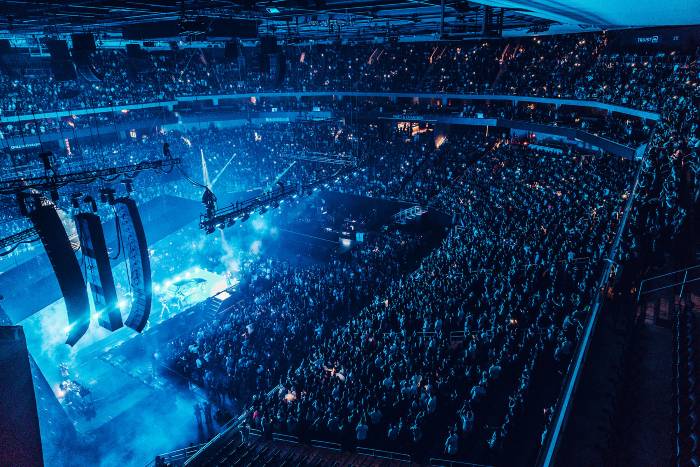 Precise system directivity and articulation for a show like Balvin's are a must, and the L-Acoustics Panflex system came in handy. "For me, having eight K2 downs per side in the main sections of K1 was very beneficial for gain before feedback," he notes. We set the K2 in a 90-degree pattern, deflecting the high frequencies of the 18-meter impulse. Jose spends almost the entire show with that impulse, as well as spending time on a B stage located in the main hall, and being able to manually divert the energy of the impulse was incredibly helpful and necessary.
Precise system directivity and articulation for a show like Balvin's are a must, and the L-Acoustics Panflex system came in handy. "For me, having eight K2 downs per side in the main sections of K1 was very beneficial for gain before feedback," he notes. We set the K2 in a 90-degree pattern, deflecting the high frequencies of the 18-meter impulse. Jose spends almost the entire show with that impulse, as well as spending time on a B stage located in the main hall, and being able to manually divert the energy of the impulse was incredibly helpful and necessary.
In the higher seats at the opposite end of the stadiums, the implementation of PRG's new L-Series speakers during the tour was equally effective in bringing the sound of the show right where it was needed. "Adding delays to our touring system was implemented early in the design process," Rogers recalls.
The decision to use the L-Series for this purpose was swift and unanimous. Their size and weight, along with their incredibly fast deployment, made them an obvious choice. And, in use, the performance of the L2 delays with their cardioid directivity completely exceeded our expectations. They ensured that the audience in the upper sections had a coherent and intelligible experience similar to those in the front row.



